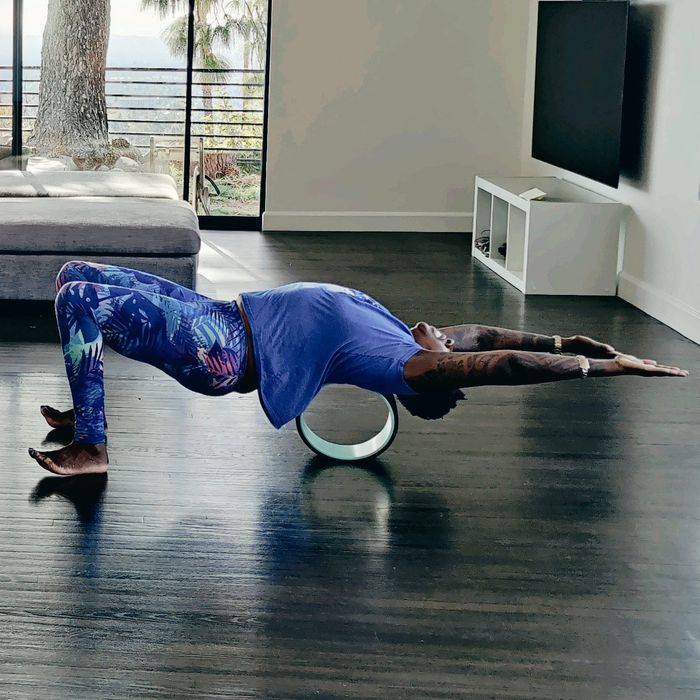
I’m from the U.K., and whenever I mention my favorite sport — badminton — to Americans, they usually laugh. Stateside, the word always seems to invoke images of old ladies or children playing a slower version of tennis in gardens. But that’s not what I play. Badminton is, after all, an Olympic sport, one that requires aerobic stamina, agility, speed, strength, and precision. After moving to the U.S. in 2007, I found a local club, and on the first day I turned up to play, I spent two hours watching a court full of people not invite me to join them. They had apparently never seen a Black woman play badminton. When I finally reached the court, I was so keen to prove my skill that I forewent a proper warm-up and got right in on the action, jumping high for a smash and putting way more strength into it than was necessary. Immediately, I heard a pop that announced I had thrown out my shoulder.
Being new to the U.S. and without health insurance, I couldn’t afford a physical therapist. So I left my shoulder to rest … for about six years. Eventually, it froze up to the point where I was unable to lift my arm above my head, and because the human body is like a game of Jenga — you pull something out in the wrong spot and the whole thing starts to collapse — I started to develop back and neck stiffness and pain from compensating for my dud shoulder. In researching DIY ways to soothe and stretch my muscles, I discovered various foam-roller exercises on YouTube, which led me to buy an array of rollers — from short ones, to long ones, to collapsible ones for traveling, to ones with bumps that promised to really get into neck knots. (While extenuating circumstances forced me to do this myself, those with health insurance or even just a doctor should probably consult a professional before starting any serious stretching regimen of their own.)
With regular use, the foam rollers were all effective at loosening me up. But as my mobility improved, I found that none of their shapes were quite right for the types of back and shoulder stretches my body craved, which required tools with a bit more height and surface area. It was around this time that the coordinating producer on my TV show mentioned she had fallen in love with stretching on a family member’s Chirp Wheel — a device some may recognize from its creator’s fundraising efforts on Indiegogo (back when it was called the Plexus Wheel) and Shark Tank. I Googled it and, being the impulsive experimenter that I am, bought some right away. From the moment I rolled out on one — and heard my back crack like a sheet of bubble wrap — I was hooked.
The Chirp Wheel comes in three sizes: A 12-inch-diameter wheel that offers low pressure, a ten-inch one that offers medium pressure, and a six-inch wheel that can provide deep pressure to the most stubborn knots. While they vary in diameter, all the wheels are five inches wide so they can fit between your shoulder blades. Using them is more or less like using a foam roller: Lie on the (surprisingly comfortable) padding that surrounds the wheel and then line up your spine with the groove in that padding, which circumnavigates the wheel (the brand calls this groove a spinal canal). The pressure is concentrated on whatever area of your spine is in the groove and the few inches of muscle on either side of it. I’m that person who likes to come out of massages feeling as if I’ve been beaten up, so I find myself using the small highest-pressure wheel the most, though sometimes I’ll start on the larger wheels, as a warm-up, and work my way down until I can hear my vertebrae pop like I’m on a medieval torture machine. In the year since I bought my Chirp Wheels, I’ve used them for 15 minutes every night before I go to bed and have managed to unfreeze my bum shoulder as well as relieve that neck and back pain resulting from it.
But I don’t only use the wheels before bed. I spend a lot of time writing TV scripts on my laptop and have found that the small wheel can serve as a great posture corrector when placed at the base of my spine while I’m sitting in my desk chair. And before the world as we know it came to an end, I’d been known to throw a wheel down on the floor in the middle of an in-person meeting and force everyone to partake in some Chirping. I don’t know if that’s a verb, but, just like badminton, I’m making it my thing.
The Strategist is designed to surface the most useful, expert recommendations for things to buy across the vast e-commerce landscape. Some of our latest conquests include the best acne treatments, rolling luggage, pillows for side sleepers, natural anxiety remedies, and bath towels. We update links when possible, but note that deals can expire and all prices are subject to change.
The Link LonkJanuary 05, 2021 at 04:55AM
https://nymag.com/strategist/article/chirp-wheel-review.html
My Vertebrae Pop Like Bubble Wrap When I Stretch on These Padded Wheels - New York Magazine
https://news.google.com/search?q=Wheel&hl=en-US&gl=US&ceid=US:en
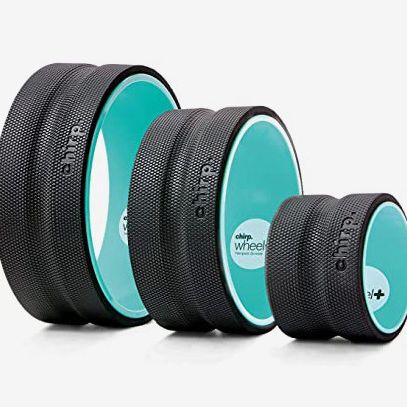
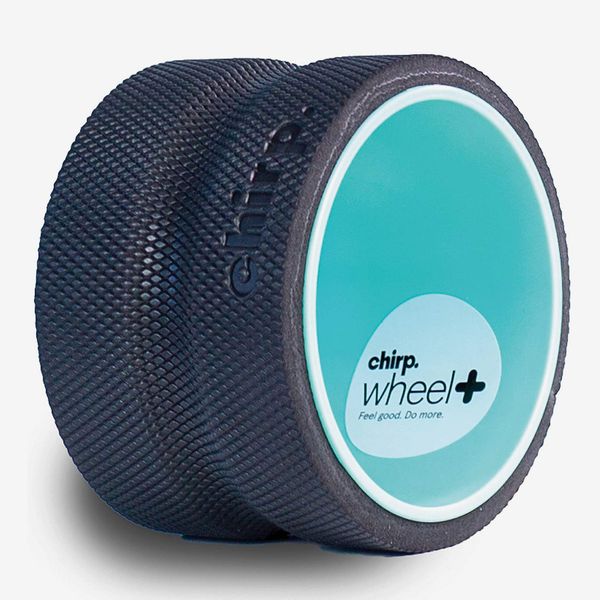
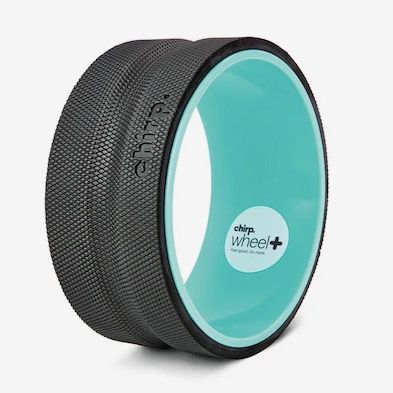
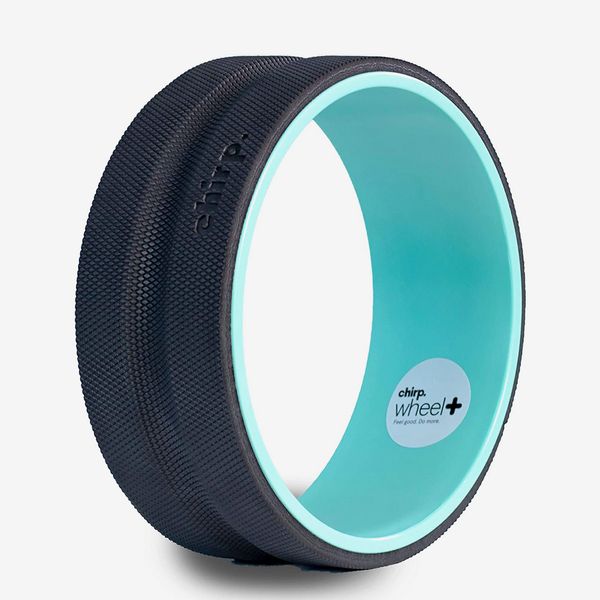

No comments:
Post a Comment